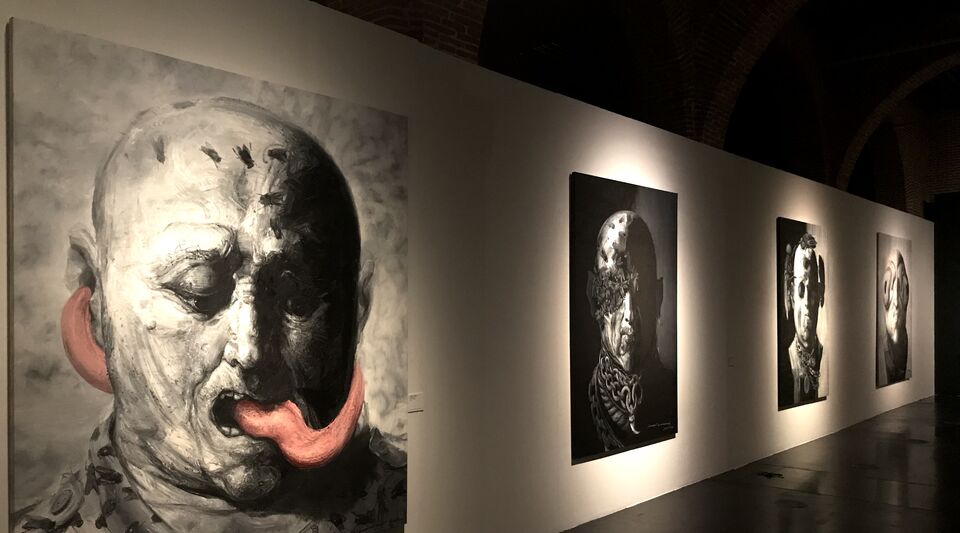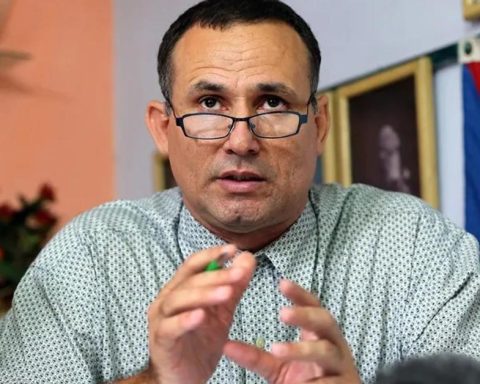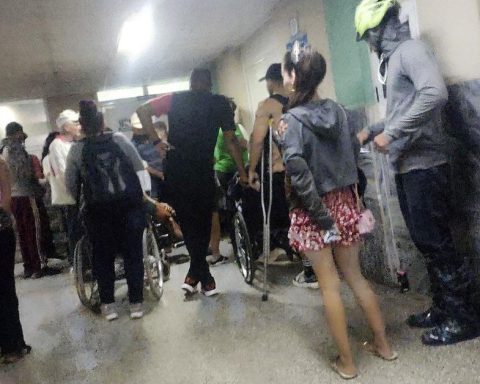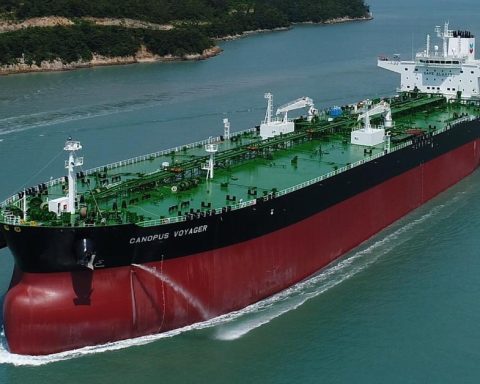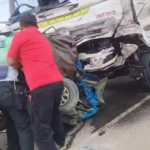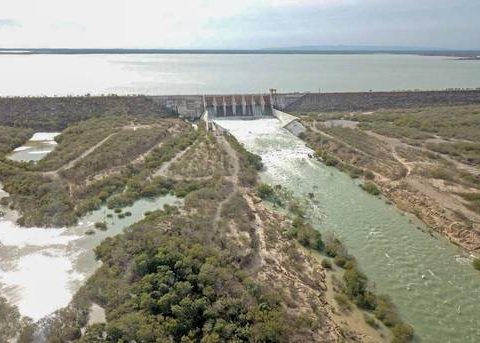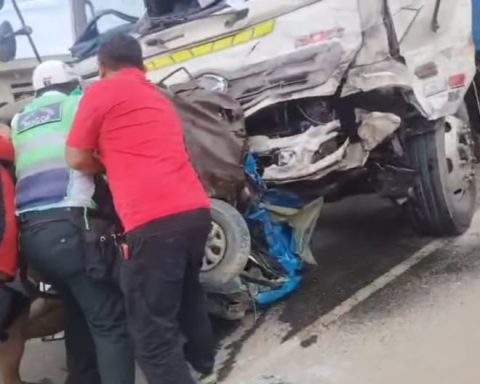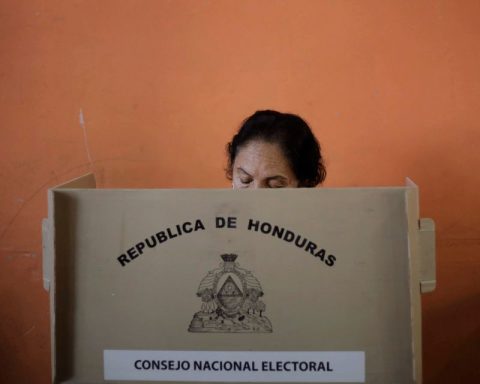In the country of Roberto Fabelo all the statues have been decapitated and the cities are ruins. Junkware, coffee pots, basins, kettles, sleepy and rough faces, letters that have forgotten to which words they belong, men who are half men or who sleep the sleep of reason, make up the artist’s inventory.
The tide has brought Fabelo’s works to Madrid and whoever comes to see them, in the Condeduque’s small red brick room, enclosed by geometry and order, does not imagine that it is a shipwreck. The teacher’s return to Europe –he is seen to have a cold, in black, older– is not exempt from meditation and sadness. He comes looking for a father, a lineage that has always been his but that he now wants to summon: Goya.
The affinity between the Aragonese and the Cuban was pointed out since Fabelo painted the first animal with the face of a man. There is an essential look in both: the penetration into the dark layers of the human, in the region where the light is disturbed and the creatures are saturated with meanings, words and forms. Like Goya, Fabelo fills his drawings with phrases and passwords. One promises that “if it dawns, we’ll leave”; the other paints “on the wings of a fly.”
Anyone who has followed in Fabelo’s footsteps on his native island, where his works are part of domestic life and imagination, notes the transgression that worlds. Of a certain affinity with the regime – once he timidly attributed its success to Fidel Castro’s revolution – he now turns to criticism through the symbol. The tricks of power, manipulation, the possibility of disagreeing and withdrawing from the picture, the primacy of the worst, prevail over other issues.
Upon entering the Condeduke’s compound, several Kafkaesque cockroaches announce to the viewer that they have reached the monster’s domain. Formed up, as in a battalion, they are Whims and The disasters of war, which correspond to the crepuscular Goya. They have already engaged in battle with Fabelo’s rhinos and satyrs. What we see –the room dark and time stopped– is the dialogue of two knights who have shared a duel.
Fabelo, like Goya, is an elementary narrator. He is interested in the weight of the story, the accumulation of gestures and signs with a synthetic capacity that links him to Monterroso or Borges.
From this planetary confrontation, in which Fabelo also fights against other models of his – Dürer, Dalí, El Bosco -, domestic objects emerge unscathed, which the Cuban has always treated with affection, like talismans. In a cauldron is the Virgin of Charity, patron saint of Cuba; coffee pots have faces and cry for scarcity; the bullets fired from the island’s Soviet rifles have been magnetized into a sphere.
Fabelo, like Goya, is an elementary narrator. He is interested in the weight of the story, the accumulation of gestures and signs with a synthetic capacity that links him to Monterroso or Borges. In Leadership, drawn in 2022 on an immense cardboard, Fabelo figures without admitting it the drama of the island in the last two years. The stampede of animals before a fire or a flood, the headless general –saber in hand, leaning on an octopus– who insists on issuing orders, the incredulous bird, the ogre, the boxing satyr, a small animal that pleasantly rubs its back against the mud, the whisper of the flies, encapsulate the drama of leaving or staying in an oppressive territory. A self-portrait of Fabelo as a monster, fearfully abandoning the margins of the cardboard, gives us a clue about the heartbreak that goes through the life and work of the painter.
Of course, Fabelo’s caliber is encyclopedic. His drama belongs to everyone and is not limited to the cartography of what is Cuban. Nor does Goya refer only to the Napoleonic era, the uniforms, the swords, the cannon shot and the vermin, which ask if there is no one to unleash them. Two centuries gravitate between them, abolished by the same sensibility. It is likely that exile, memory and death, which have always haunted Fabelo, will finally catch up with him in Europe. It is the price of immortality.
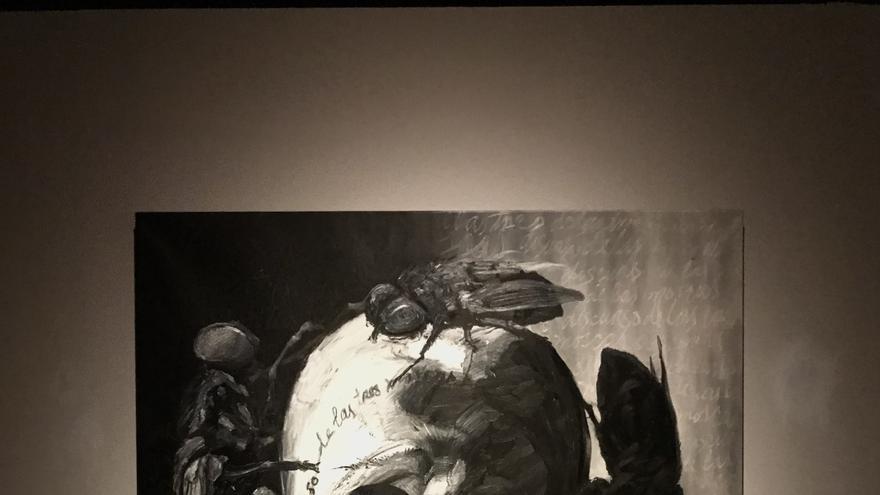
________________________
Collaborate with our work:
The team of 14ymedio He is committed to doing serious journalism that reflects the reality of deep Cuba. Thank you for accompanying us on this long road. We invite you to continue supporting us, but this time becoming a member of our newspaper. Together we can continue transforming journalism in Cuba.
